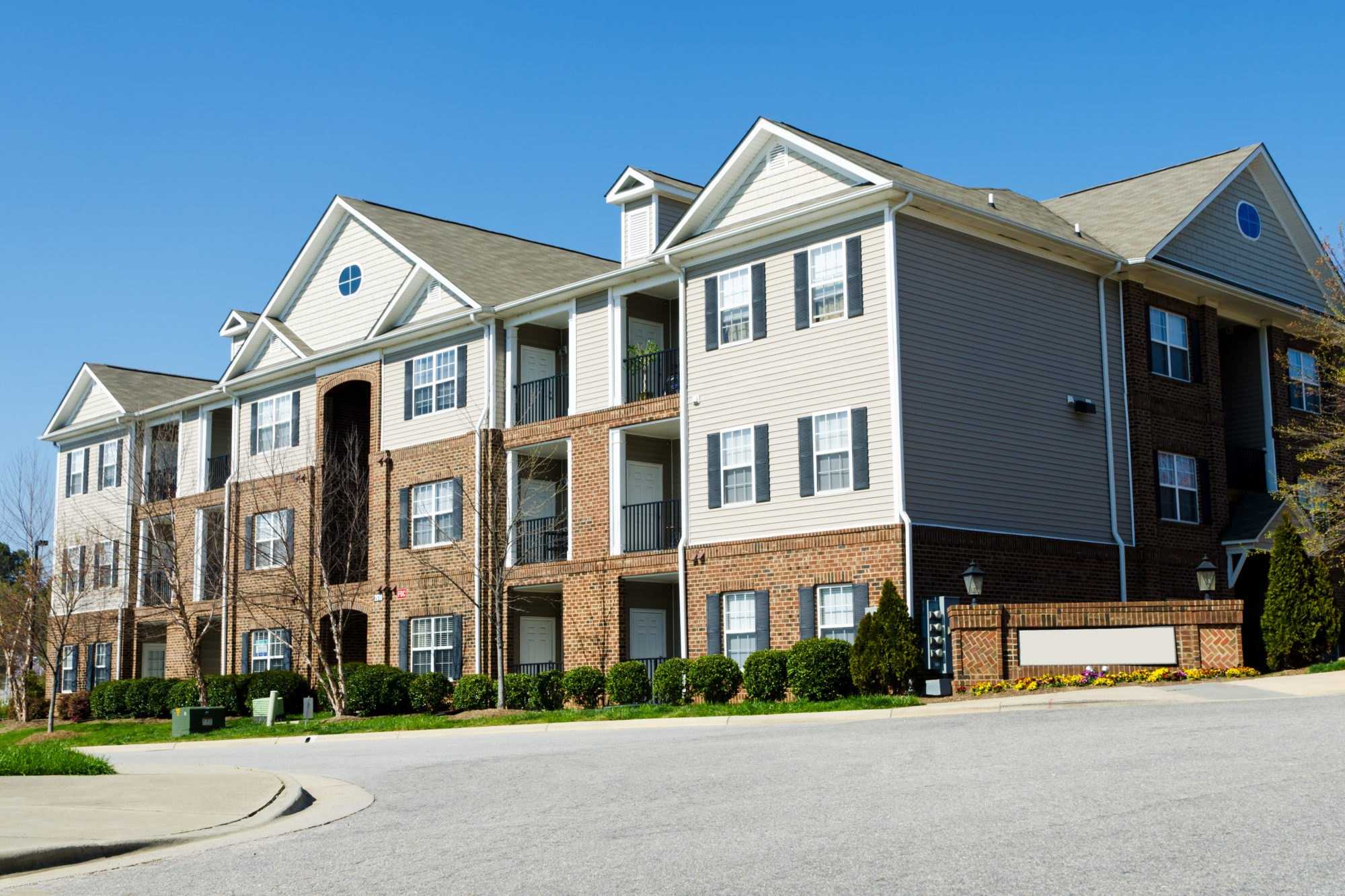BY JAY BRIJPAUL
I recently helped a client to rent their three bedroom condo to a small family. The rental application submitted had the tenants listed as a husband and wife with two children. It turned out that in addition to the family of four, there were three additional adults living at the property as well. The tenants claimed that these individuals were guests. With more families living in the rental property, the cost of utilities will increase and there is more wear and tear on the property itself. Can the landlord evict a tenant or force them to pay more rent based on the number of occupants?
Some may argue that if the lease states that the tenant cannot have guests, then the tenant violates the lease and the landlord can opt to evict the tenant or increase rent. This is false. Under the residential tenancy act (2006), any terms of the agreement that is against the act is void and cannot be legally enforced. Not allowing tenants to have guests, roommates or other occupants is not legally binding.
I recall an incident where the landlord rented her home to an individual. This individual eventually brought in about twenty other occupants. Every room had two mattresses including the living room and the basement. The utility bills climbed steeply, and the home began to deteriorate. The landlord made every attempt to evict the tenant or ask for more rent, but the tenant refused. Out of desperation, the landlord sold her home for little and the new buyers evicted the tenant on the grounds that they needed the property for personal use. With stories like this, many investors avoid buying investment properties. This creates another problem because with low vacancy the cost of rent surges.
The best way to avoid this problem is to screen your tenant carefully. It is best to use an experience realtor to assist. A prospective tenant should complete a rental application. The landlord should review it carefully. Always meet with the prospective tenants before committing. Small families with young children are desirable but I must confess that there are many good tenants that have large families as well. Many times, a tenant’s situation can change, and they may have other family members or guests residing there. How should a landlord deal with this?
As a precaution, let the tenants pay utilities. If it is a basement apartment, then negotiate a percentage that the tenants pay in addition to the rent. This creates a hindrance for the tenant who in turn will be more careful in the number of guests or occupants they have. If there are other occupants living in the rental property, then another option is to meet with the tenant and discuss the matter. I have a client that is a landlord who found themselves in a similar situation and decided to approach the tenant. The tenant agreed to a rental increase above the allowable rental guideline and both parties were happy with the outcome.
In situations where a tenant uses the home as a rooming house, the landlord can serve the tenant with the recommended notice which can be found under “LTB Forms”- a “Notice to end your tenancy for interfering with others, damage or overcrowding. (N5).” The tenants upon receiving the notice have seven days to reduce the number of people living in the rental unit to the amount that are permitted by health, safety and housing standards. If the tenant refused to do so, then the landlord can apply to the Landlord and Tenant Board for a hearing. The process is time consuming and my advice is to seek legal services.
Homeowners have a “bundle of rights” and this entitles them to “the right to quiet enjoyment”. When a landlord rents a property, that right is transferred to the tenant for a monthly fee. Quiet enjoyment means that the occupant can have full lawful use of the property and that includes the right to have others living with them.
Tenants may have the upper hand by allowing others to live in the property, but they are ultimately responsible for any damages or interference the occupants may cause. Investments in real estate are expensive, and a novice landlord can become discouraged when faced with similar problems. Don’t be deterred as a landlord, chalk it all up to experience!

